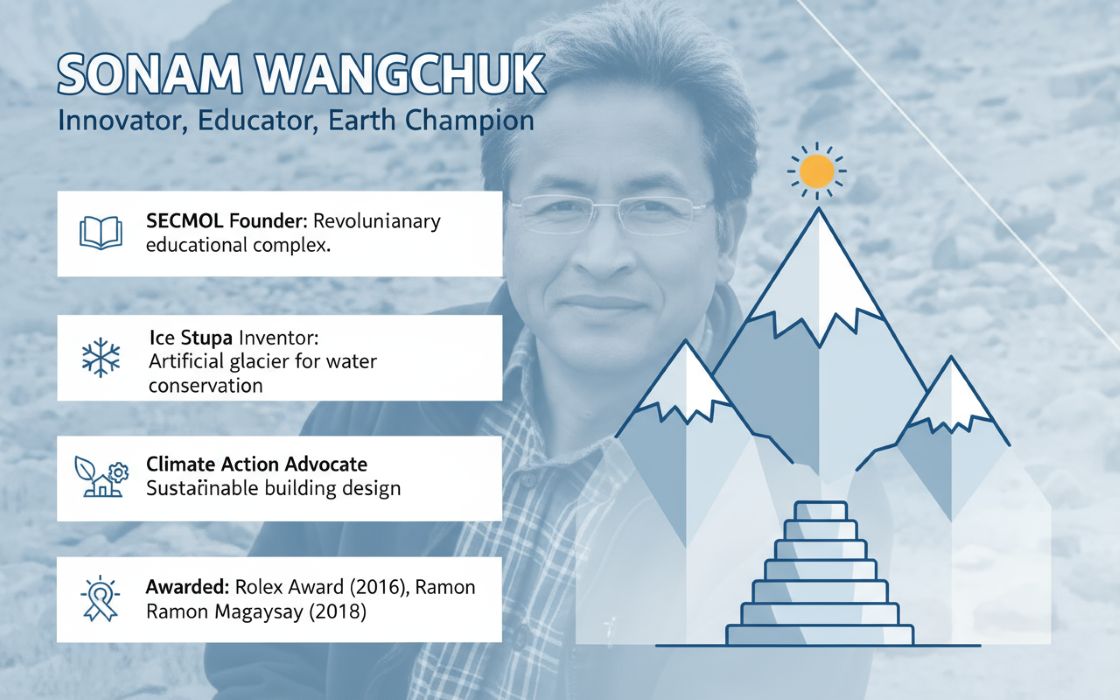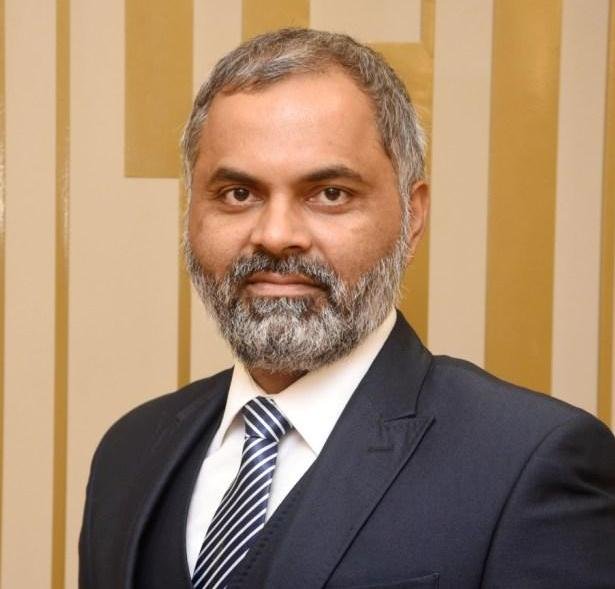 India's digital landscape is rapidly evolving, but a significant challenge persists: the digital divide between urban and rural areas. While cities thrive on technological advancements, rural regions remain largely disconnected, with limited access to digital infrastructure and literacy. This divide not only impedes access to essential services like healthcare and education but also hinders economic growth and empowerment, especially for women. Bridging this gap requires more than just technological solutions; it demands a strategic approach that combines digital literacy, infrastructure development, and financial inclusion.
India's digital landscape is rapidly evolving, but a significant challenge persists: the digital divide between urban and rural areas. While cities thrive on technological advancements, rural regions remain largely disconnected, with limited access to digital infrastructure and literacy. This divide not only impedes access to essential services like healthcare and education but also hinders economic growth and empowerment, especially for women. Bridging this gap requires more than just technological solutions; it demands a strategic approach that combines digital literacy, infrastructure development, and financial inclusion.
In this insightful article, Ashish Tiwari, Chief Marketing Officer of Home Credit India, and Ankita Upreti Sibal, Vice President at SEWA Bharat, explore how financial inclusion can serve as a powerful tool to bridge the digital divide.
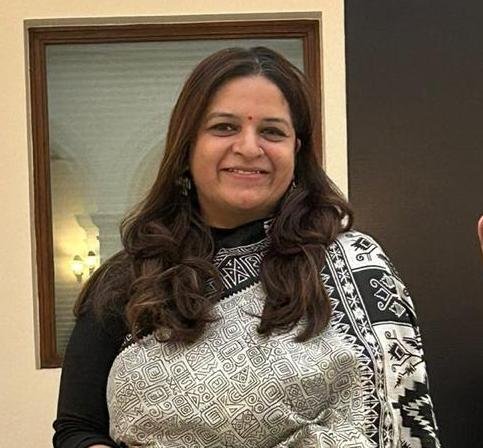 From expanding banking access through schemes like Pradhan Mantri Jan Dhan Yojana to leveraging technology for digital payments and microfinance, the authors delve into innovative strategies that empower rural communities and promote inclusive growth. They underscore collaboration across sectors as the key to unlocking a digitally equitable future for India.
From expanding banking access through schemes like Pradhan Mantri Jan Dhan Yojana to leveraging technology for digital payments and microfinance, the authors delve into innovative strategies that empower rural communities and promote inclusive growth. They underscore collaboration across sectors as the key to unlocking a digitally equitable future for India.
Read the full article for more insights:
Bridging the Digital Divide in Rural India through Financial Inclusion
India, a nation renowned for its technological advancements and booming digital economy, paradoxically grapples with a stark digital divide that runs deep into its rural heartlands. This divide comes with a risk to leave a significant portion of the population behind, curtailing their access to vital resources, opportunities, and economic growth. Addressing this challenge requires innovative solutions, and financial inclusion emerges as aneffective tool to bridge the digital gap, fostering an inclusive and empowered rural India.
Despite the rapid proliferation of smartphones and the internet, rural India remains largely disconnected from the digital revolution. Several factors contribute to this divide, including inadequate infrastructure, limited internet penetration, low digital literacy, and economic constraints. According to a report by the Internet and Mobile Association of India (IAMAI), rural internet penetration stands at approximately 31%, significantly lower than the urban penetration rate of 67%. This disparity underscores a critical issue: while urban India marches towards a digitally-driven future, rural regions lag, hampered by systemic barriers. For example, the National Digital Health Mission (NDHM), also known as the Ayushman Bharat Digital Mission, launched during the pandemic, aimed to build a comprehensive digital health ecosystem in India. However, the initiative faced significant hurdles due to inadequate digital infrastructure and literacy among both recipients and health service providers. Tools such as e-Sanjeevani—a telemedicine platform connecting rural areas with quality healthcare providers—and the maintenance of electronic health records require access to smartphones, computers, and the internet. With over 70 percent of the rural population in India having poor or no connectivity to digital services, the digitisation of healthcare faced challenges to improve access to public health services as intended.
The digital divide is particularly pronounced for rural women in India, exacerbated by their limited ownership of digital tools and lack of digital literacy. In rural areas, where infrastructure and resources are often lacking, women may face significant barriers to accessing smartphones, computers, and the internet. Additionally, without the necessary digital literacy skills, even those who do have access to digital tools may struggle to use them effectively, further widening the gap. For women in rural India, this divide also significantly impacts financial inclusion. Without digital tools and literacy, women are often unable to access digital banking services, mobile payments, and other financial technologies that can provide economic empowerment and security.
Financial Inclusion: A Pathway to Empowerment
Financial inclusion, the process of ensuring access to financial services for all, particularly the underserved, can be a cornerstone of rural development. By integrating financial inclusion with digital initiatives, we can create a synergistic impact, addressing both economic and technological disparities simultaneously.
- Access to Banking Services: One of the most tangible benefits of financial inclusion is the provision of banking services to the unbanked population. The Pradhan Mantri Jan Dhan Yojana (PMJDY) has been instrumental in this regard, enabling millions of rural households with access to banking services. These accounts serve as a gateway to a range of financial services, including savings, credit, fund transfer, insurance, and pensions, fostering financial stability and security.
- Digital Payments and Transactions: With increased access to banking services, the adoption of digital payments and transactions can gain momentum. Initiatives like the Unified Payments Interface (UPI) and mobile banking applications have revolutionised the way transactions are conducted, offering convenience and security. By promoting digital literacy and trust in these systems, rural populations can seamlessly transition to cashless transactions, enhancing their participation in the digital economy.
- Microfinance and Credit Facilities: Financial inclusion facilitates access to microfinance and credit facilities, crucial for entrepreneurial ventures and agricultural activities in rural areas. Microfinance institutions (MFIs) and self-help groups (SHGs) play a pivotal role in extending credit to those who lack collateral or formal credit histories. This financial support enables small businesses and farmers to invest in growth, thereby uplifting communities.
- Insurance and Social Security: Financial inclusion extends beyond banking and credit, encompassing insurance and social security schemes. Health insurance, life insurance, and crop insurance provide a safety net against unforeseen adversities, fostering resilience among rural population. Government schemes like the Pradhan Mantri Fasal Bima Yojana (PMFBY) aims to protect farmers against crop losses, ensuring their livelihoods to remain safeguarded.
Leveraging Technology for Financial Inclusion
Addressing this issue requires targeted interventions, such as providing affordable digital tools, offering digital literacy training, and ensuring that infrastructure improvements reach rural communities. Promoting financial literacy alongside digital literacy can also help integrate rural women into the formal financial system, thereby enhancing their economic independence and overall well-being.
The intersection of technology and financial inclusion holds transformative potential. For instance, mobile banking and digital wallets can effectively bridge the gap between rural population and financial services. By simplifying transactions and offering user-friendly interfaces, these tools make banking accessible even for those with limited digital literacy. The Aadhaar-enabled payment systems have further revolutionised financial inclusion by facilitating seamless identity verification. Aadhaar-linked bank accounts enable direct benefit transfers (DBTs), ensuring that subsidies and welfare payments reach the intended beneficiaries with security.
Additionally, government initiatives focused on e-governance and digital literacy can significantly accelerate financial inclusion. Programmes like Digital India aim to empower rural citizens through digital education and the establishment of Common Service Centres (CSCs), providing a wide range of digital services and financial products.
The digital divide in rural India presents a formidable challenge, but it also offers a unique opportunity to foster inclusive growth through financial inclusion. By leveraging technology, enhancing digital literacy, and ensuring access to a broad spectrum of financial services, we can empower rural communities, catalyse economic development, and bridge the digital gap.
As we navigate through this journey, collaboration between the government, private sector, and civil society is crucial. Together, we can build a digitally inclusive India, where every citizen, regardless of their geographical location, can participate in and benefit from the digital revolution.




 India's digital landscape is rapidly evolving, but a significant challenge persists: the digital divide between urban and rural areas. While cities thrive on technological advancements, rural regions remain largely disconnected, with limited access to digital infrastructure and literacy. This divide not only impedes access to essential services like healthcare and education but also hinders economic growth and empowerment, especially for women. Bridging this gap requires more than just technological solutions; it demands a strategic approach that combines digital literacy, infrastructure development, and financial inclusion.
India's digital landscape is rapidly evolving, but a significant challenge persists: the digital divide between urban and rural areas. While cities thrive on technological advancements, rural regions remain largely disconnected, with limited access to digital infrastructure and literacy. This divide not only impedes access to essential services like healthcare and education but also hinders economic growth and empowerment, especially for women. Bridging this gap requires more than just technological solutions; it demands a strategic approach that combines digital literacy, infrastructure development, and financial inclusion. From expanding banking access through schemes like Pradhan Mantri Jan Dhan Yojana to leveraging technology for digital payments and microfinance, the authors delve into innovative strategies that empower rural communities and promote inclusive growth. They underscore collaboration across sectors as the key to unlocking a digitally equitable future for India.
From expanding banking access through schemes like Pradhan Mantri Jan Dhan Yojana to leveraging technology for digital payments and microfinance, the authors delve into innovative strategies that empower rural communities and promote inclusive growth. They underscore collaboration across sectors as the key to unlocking a digitally equitable future for India.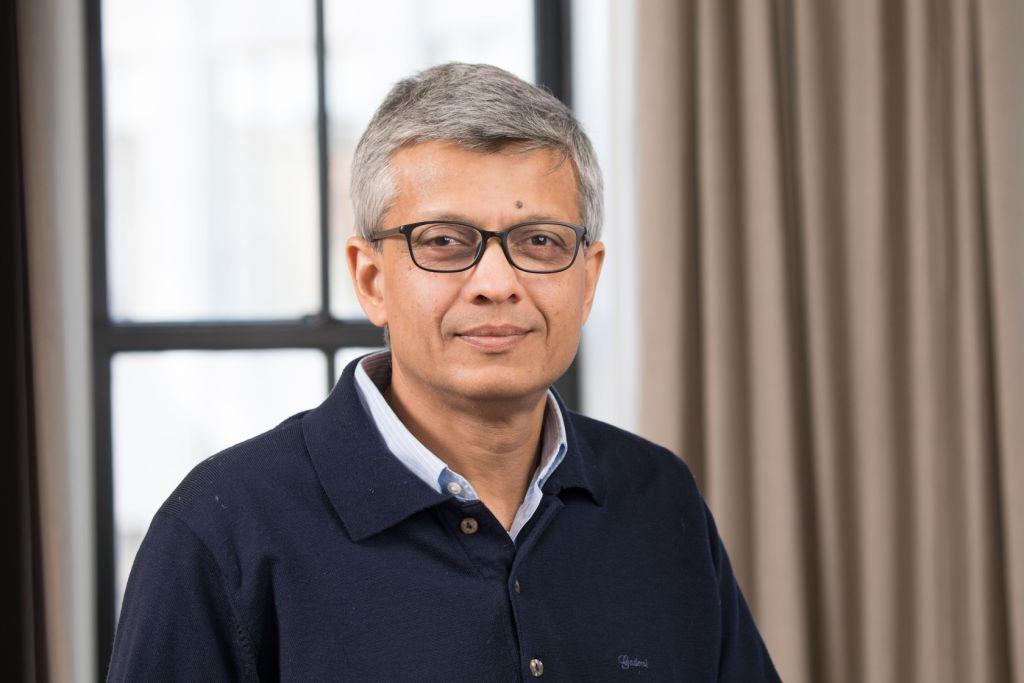
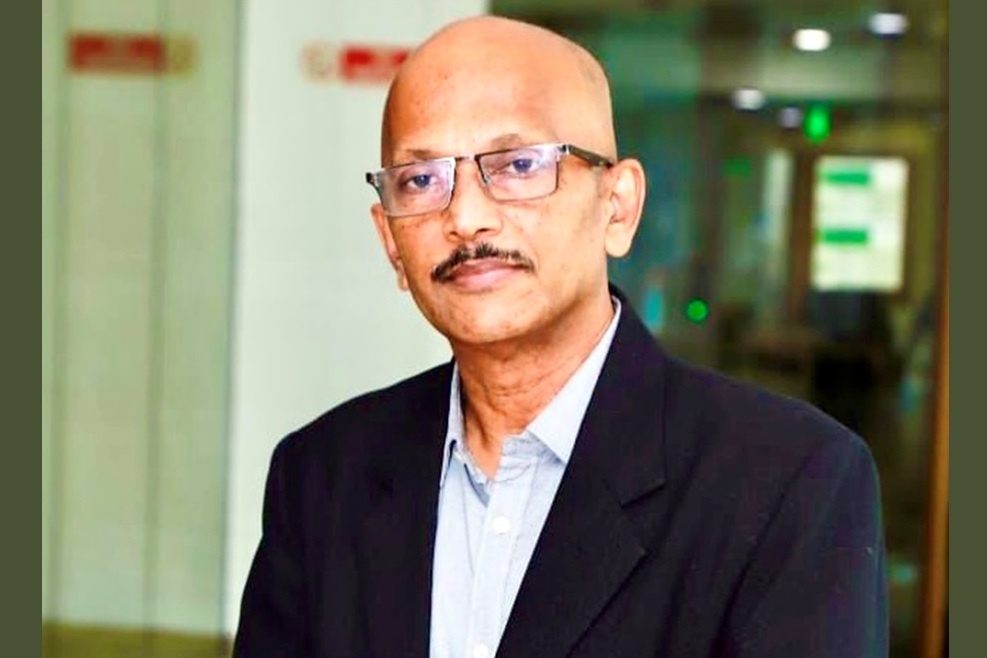
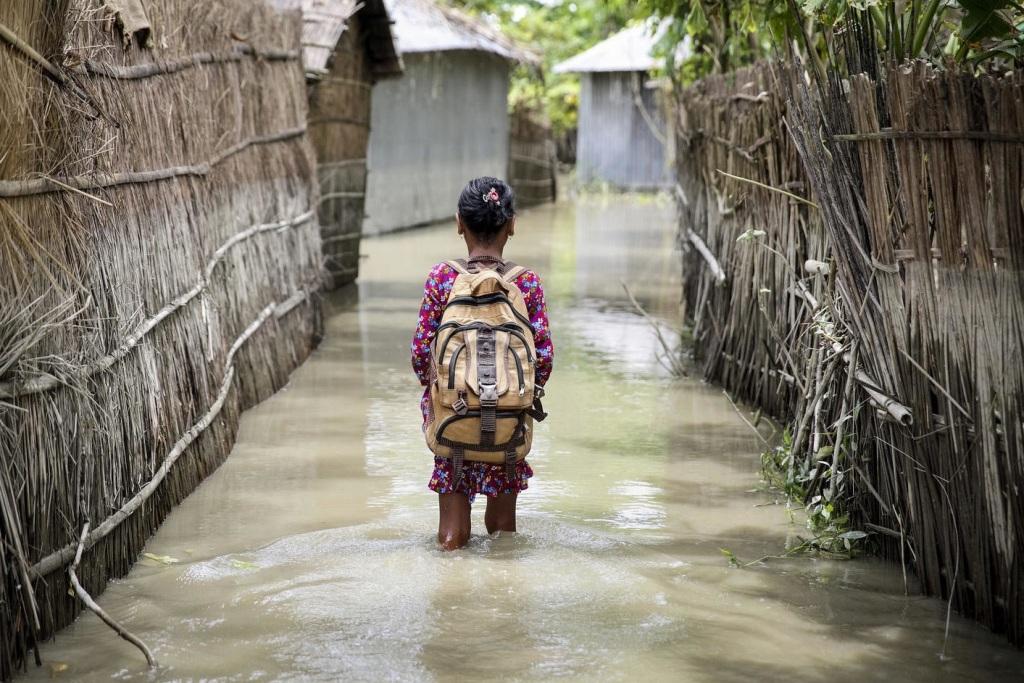


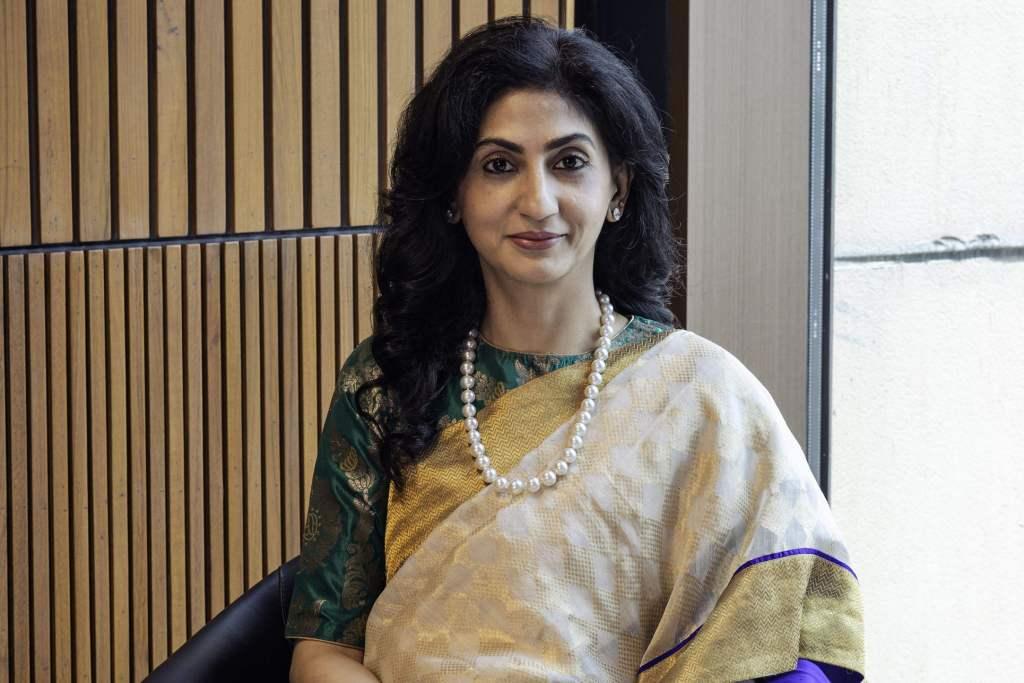



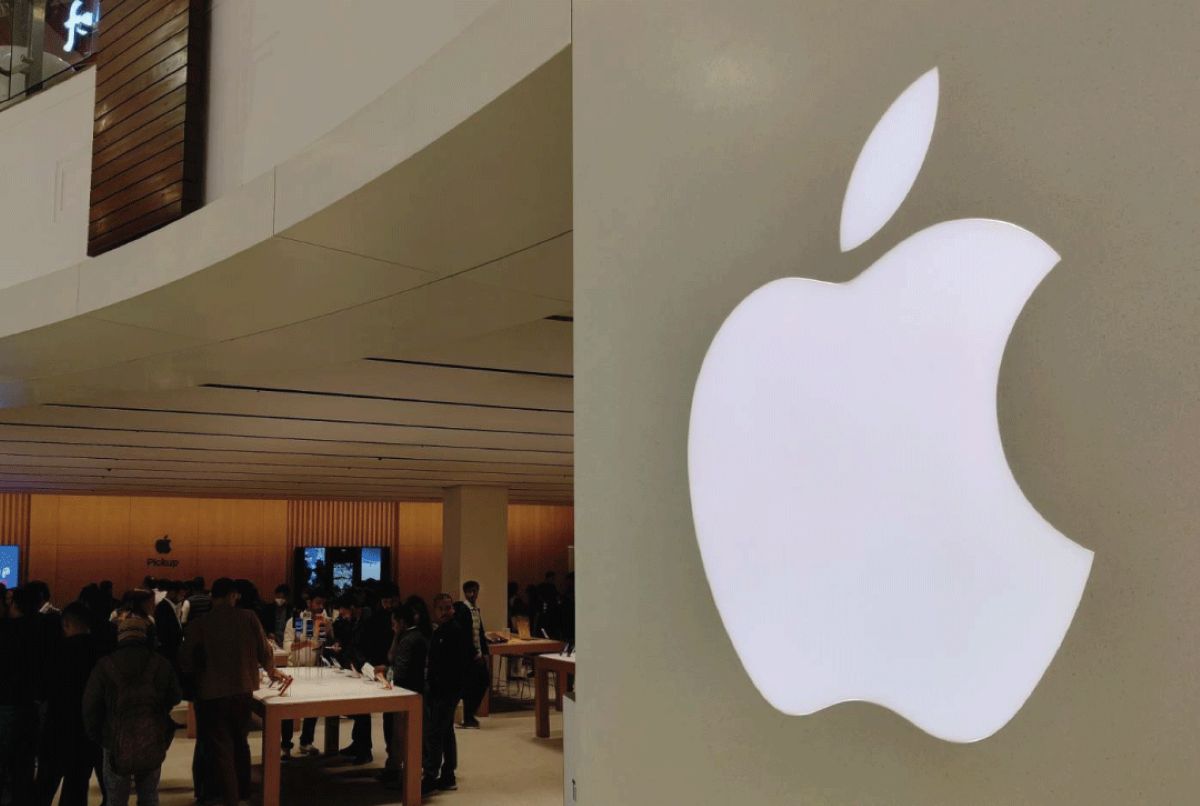


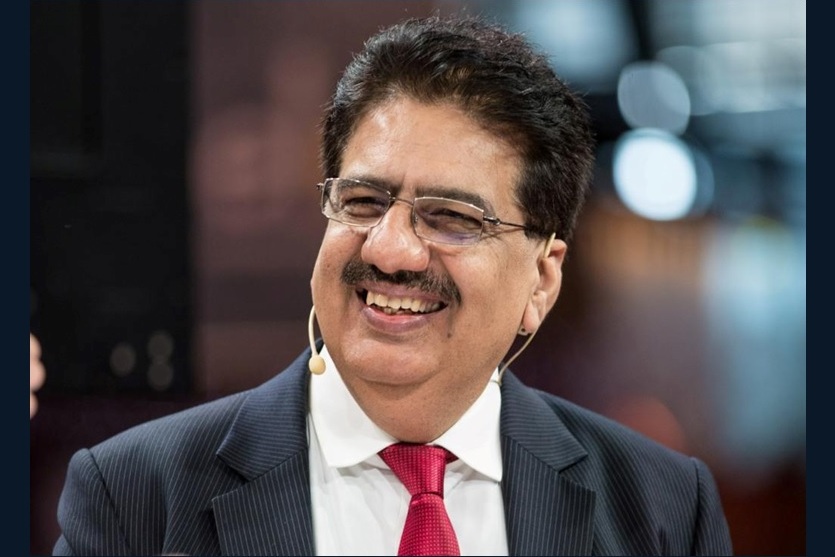
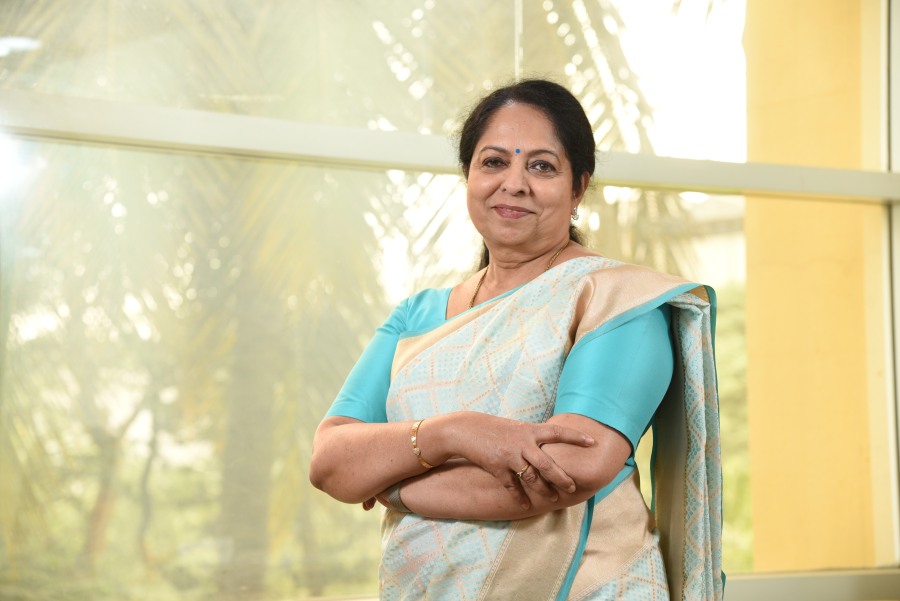
.jpg)

